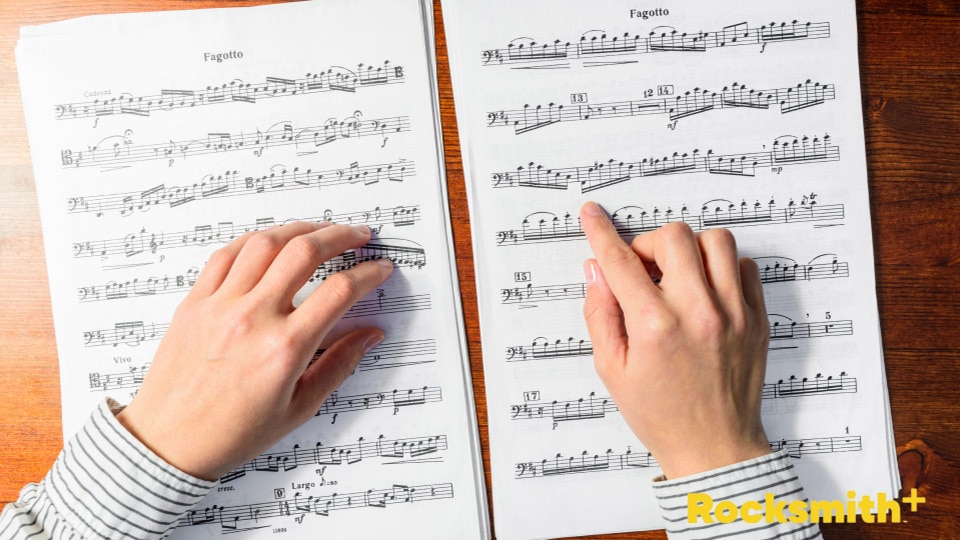To many budding pianists, sight reading might seem like a rare talent that's difficult to build --- but in reality, sight reading mastery comes from consistent effort, commitment, and the right techniques.
Sight reading distinguishes the good from the great, and it's a highly useful skill in situations like unexpected auditions, impromptu performances, or ensemble alterations --- sight reading makes it possible to learn a written piece of music on the fly. Learn the basics of sight reading with our guide.
What Is Sight Reading?
At its most basic level, sight reading is the art of interpreting and playing sheet music simply by looking at it. This stands in contrast to prolonged practice sessions where musicians might dive deep into a piece, dedicating hours, days, or even weeks to achieve perfection. Sight reading has an element of immediacy --- it's about the on-the-spot translation of cryptic notations into music.
For pianists, especially, mastering sight reading is a key skill that not only provides an edge in professional settings, but also enriches personal musical experiences. Plus, sight reading may even have benefits when it comes to keeping your memory sharp.
Sight reading also serves as a powerful tool that builds a connection between written notation and live performance. Sight reading helps foster adaptability, giving musicians the freedom to explore more diverse compositions and genres.
What Are the Basic Principles of Sight Reading?
Every skill is grounded in certain foundational principles, and sight reading is no exception. While it may seem like a spontaneous burst of musical intuition, sight reading actually leans heavily on a set of fundamental practices.
Familiarity With the Keyboard
The piano, with its vast array of keys, demands intimate knowledge from its player. It's not just about identifying each key, but also about understanding their relationships --- the spaces or intervals between each key. A seasoned pianist has a mental map of the keyboard, which aids in swift transitions and accuracy.
Understanding Key Signatures and Rhythms
Much like the grammar of a language, key signatures and rhythms provide structure to a piece of sheet music. These establish the mood, pace, and tonality of an arrangement. Recognizing these elements rapidly and adapting to them is vital. It's not just about playing the right notes; it's about playing them with the right feel at the right time.
Maintaining a Steady Pace
When sight reading, make sure to prioritize maintaining the piece's tempo and staying in the song's key over perfectly recreating what's written. It's far more noticeable to the audience if you speed ahead or lag behind than if you slightly vary from the sheet music while staying on time and in tune with the rest of the band. This skill will, in turn, improve your ability to musically improvise in general.
What Are Some Techniques To Improve Sight Reading Skills?
Merely understanding the principles is not enough; one must adopt practical strategies to enhance their sight reading prowess. Here are some techniques that have proven effective for many pianists over the years.
Practice
Rome wasn't built in a day, and neither is the skill of sight reading. Starting with straightforward pieces and gradually ramping up the complexity can be incredibly beneficial. This step-by-step approach not only builds confidence but also lays a robust foundation.
Many pro pianists recommend up to four hours of general sight reading practice each day, but even 30 minutes daily makes a difference. Your sight reading practice routine might look like selecting a piece and attempting to play through it completely, then moving on to another piece. Remember, the goal isn't mastery of a specific song; it's mastery of the art of sight reading.
Chunking
Instead of reading each note individually in a composition, try recognizing groups or "chunks" of notes. This tactic, similar to skimming through paragraphs while reading, allows for faster processing. Over time, patterns like scales, arpeggios, and common chord progressions become instantly recognizable.
Scanning Ahead
One of the secrets of expert sight readers is their ability to look ahead. While the hands play a section, the eyes are already scanning the next, prepping the mind and fingers for what's to come. This continuous loop of anticipation and execution is a hallmark of proficient sight reading. Remember that each piece of sheet music is divided into measures, which you can read accurately by referring to a piece's time signature and tempo.
Using Rhythm Effectively
Rhythm is the heartbeat of a piece. Utilizing tools like metronomes or rhythm-centric exercises can solidify your innate sense of internal rhythm, ensuring that your timing stays steady even when faced with unfamiliar music.
What Are Some Tips for Successful Sight Reading?
Success in sight reading doesn't emerge from techniques alone; it's also about the mindset and the approach. Here are some tips that can elevate the experience and results of sight reading endeavors.
Stay Calm and Focused
Nerves can get in the way of mastering any skill, including sight reading. Before diving into a piece, take a moment. Deep breaths, grounding exercises, or simply closing your eyes can help center your mind, allowing for better concentration. Remember, sight reading is as much about mental acuity as it is about physical skill.
Practice Regularly
Consistency is key. Just like daily reading improves literacy, regular sight reading practice refines musical fluency. Even 30 minutes daily can lead to significant improvements over time, but it's best to aim for longer practice sessions for long-term retention.
Familiarize Yourself With Various Styles
Diversity in practice material enriches the sight-reading experience. Classical, jazz, pop, blues --- each genre offers unique rhythms, patterns, and challenges. By exploring varied styles, you become musically flexible, making it easier to tackle unfamiliar pieces in the future.
Use Resources
In our digital age, a plethora of resources await the eager learner. From apps that challenge you to sight read random musical passages to books dedicated solely to sight-reading training, using these tools can provide structured and varied practice.
Embrace Mistakes
Mistakes are inevitable, especially in sight reading. Instead of fearing them, embrace them as learning opportunities. Remember that your top priorities while sight reading a piece are nailing the timing and playing within the correct key. One "wrong" note that is still within a piece's key won't stand out as much as faulty timing or an off-key note.
How Can You Overcome Common Challenges in Sight Reading?
Every pianist, regardless of their level, faces challenges in sight reading. Identifying these obstacles and devising strategies to overcome them is crucial.
Hesitation
Pausing while sight reading, even if it's only brief, can disrupt the flow of a piece. Mentally walking through a piece before playing it can help prevent this --- this method might slow down your initial reading speed, but with practice, your hesitation will lessen, leading to an overall smoother performance.
Complex Passages
Coming across particularly intricate sections of a piece can be daunting. Instead of panicking, simplify it. Break the section down into pieces, and work through them one by one. Over time, you can piece each part of the section together and play the full passage.
Maintaining Consistent Tempo
It can sometimes be tempting to speed through familiar sections, then slow down for tricky ones. Practicing with a metronome, especially one that doesn't allow for tempo changes, can help you keep a consistent pace. Make sure to set your metronome to the correct time signature for the piece you're practicing.
Navigating Large Jumps
The expansive nature of the keyboard means that occasionally, your hands will need to make significant jumps across keys. Practicing these leaps and focusing on landing accurately can help you master this challenge. One of the best ways to increase your dexterity and flexibility for better playing is practicing your scales. You can start out any sight reading practice session with a few minutes of scale work, which will get your fingers and mind ready for complicated pieces.
Avoiding Overthinking
Sometimes, your mind can be your own worst enemy. If you find yourself overthinking and overanalyzing every note and chord, trust your instincts. As you continue practicing and gaining more experience, it will start to feel more natural.
Bridging Tradition and Technology
Mastering sight reading as a skill helps bring music to life --- but as with many forms of art, sight reading can be tricky.
Rocksmith+ can help guide you on your piano journey with tools tailored for piano enthusiasts. As an interactive, engaging, and adaptive learning experience, Rocksmith+ can change the way you approach sight reading. It features gamification, real-time feedback, and a song library with thousands of songs to guide you on your path. Get started today, and hone your skills tomorrow.
Sources:
Review on Eye-Hand Span in Sight-Reading of Music | NIH
Eye-movement efficiency and sight-reading expertise in woodwind players | NIH









